Imagine a world where your Learndash courses are always at your fingertips, wherever you are. This isn’t just a fantasy; it’s the promise of a mobile app for Learndash, a powerful tool to revolutionize online learning. From mastering complex concepts on the train to reviewing key points during your lunch break, this app is poised to reshape how we engage with knowledge.
This exploration delves into the intricate details, from the initial spark of inspiration to the meticulous execution of a truly effective mobile learning platform. We’ll dissect the core features, examine the UX/UI design, and scrutinize the technical aspects needed to create a seamless experience. The app’s integration with the Learndash platform will be a cornerstone, ensuring a smooth transition between the mobile experience and the desktop platform. We’ll also touch on marketing strategies to reach the target audience, as well as the potential revenue streams and monetization models.
Introduction to Mobile Learning Apps for Learndash
Mobile learning apps are rapidly transforming the landscape of online education, and Learndash, a prominent online learning platform, is recognizing their potential. These apps offer learners greater flexibility and accessibility, allowing them to engage with course materials anytime, anywhere. However, the transition to mobile learning also presents unique challenges and considerations. This discussion delves into the multifaceted world of mobile learning apps for Learndash, exploring their advantages, disadvantages, and diverse applications.
Mobile learning apps for platforms like Learndash are becoming increasingly prevalent, offering a more personal and convenient approach to online education. They provide learners with the ability to access course content, complete assignments, and interact with instructors and peers through mobile devices. This accessibility fosters a more dynamic and adaptable learning environment, allowing users to integrate learning into their daily routines. However, this convenience comes with potential drawbacks that need careful consideration.
Overview of Mobile Learning App Types for Learndash
Mobile learning apps for Learndash cater to diverse learning needs and preferences. They range from simple apps for accessing course materials and quizzes to more sophisticated apps that integrate interactive simulations, gamified learning experiences, and social features. Understanding the various types is crucial for learners to choose the app that best suits their learning style and objectives.
Benefits and Drawbacks of Mobile Learning Apps
Mobile learning apps offer significant advantages for Learndash users. Learners can access course content and resources on the go, making learning more flexible and convenient. They can also engage in interactive exercises, track progress, and participate in discussions, fostering a more dynamic and engaging learning experience. However, mobile learning apps also present challenges. Reliable internet access, device compatibility issues, and the potential for distraction can hinder the learning process.
Current Market Trends and Future Predictions
The mobile learning app market is experiencing rapid growth, driven by increasing demand for accessible and personalized learning experiences. Several key trends are shaping the future of mobile learning, including the rise of gamification, augmented reality (AR) integration, and the use of AI for personalized learning paths. Learndash can leverage these trends to enhance its platform and cater to the evolving needs of its learners. For instance, incorporating gamification elements into mobile apps could make learning more engaging and motivating.
Mobile Learning App Types for Learndash
The following table Artikels different types of mobile learning apps for Learndash, along with their features, target audience, and pros and cons.
| App Type | Features | Target Audience | Pros/Cons |
|---|---|---|---|
| Basic Course Access App | Provides access to course materials, quizzes, and announcements. Limited interactive features. | Learners seeking basic access to course content. | Pros: Simple, cost-effective. Cons: Limited engagement, less interactive. |
| Interactive Learning App | Includes interactive exercises, simulations, and multimedia content. | Learners who prefer a more engaging learning experience. | Pros: Enhanced learning experience, promotes active participation. Cons: May require a stronger internet connection. |
| Social Learning App | Facilitates communication between learners and instructors, creating a collaborative learning environment. | Learners who value social interaction and collaboration. | Pros: Fosters a sense of community, encourages peer learning. Cons: Potential for distraction, requires careful moderation. |
| Gamified Learning App | Integrates game mechanics into the learning process, motivating learners through rewards and challenges. | Learners who respond well to gamified learning experiences. | Pros: Increases motivation and engagement, encourages repetition. Cons: May not suit all learning styles, could feel overly competitive. |
Features of a Learndash Mobile App
A mobile application for Learndash offers a significant opportunity to extend the reach and enhance the user experience of online learning. This platform should go beyond simply mirroring the desktop experience, instead focusing on optimizing learning for the unique context of mobile devices. The key is to leverage the portability and accessibility of mobile to create a truly engaging and effective learning environment.
Learndash’s mobile app should be designed to seamlessly integrate with the existing platform, allowing learners to access courses, track progress, and engage with course content on the go. This accessibility is crucial for modern learners who value flexibility and convenience. Furthermore, the mobile app should cater to different learning styles and provide robust course management tools.
Key Features for Enhanced Learning Experience
The mobile app should offer a streamlined experience for learners, making it intuitive to navigate courses and access resources. Essential features include a personalized dashboard for easy access to course progress, assignments, and notifications. A robust search function enables learners to quickly locate specific information within courses. Offline access to course materials will be particularly useful for learners in areas with limited or inconsistent internet connectivity.
Supporting Diverse Learning Styles
Mobile learning apps should cater to different learning styles, recognizing that learners absorb information in various ways. Visual learners benefit from interactive diagrams, videos, and multimedia content. Auditory learners can utilize audio lectures and recordings. Kinesthetic learners can benefit from interactive exercises, simulations, and quizzes. The app should offer a range of interactive elements to engage different learning preferences, including quizzes, polls, and discussion forums. This adaptability will significantly increase learner engagement and comprehension.
Course Management Features
Effective course management within the mobile app is crucial. Learners should be able to view their course schedule, track their progress, and access materials. A feature for downloading course materials for offline access is essential for flexibility. The app should also facilitate communication with instructors and peers, such as through in-app messaging or forums. Clear display of upcoming deadlines and assignments will help prevent missed tasks and keep learners on track.
Effective Communication and Interaction
The mobile app should foster a vibrant learning community. Features for communication and interaction should include in-app messaging, discussion forums, and peer-to-peer learning opportunities. Push notifications for important updates and reminders will enhance the user experience and keep learners engaged. Instructors can use these features to communicate announcements, provide feedback, and foster a sense of community. This creates a dynamic environment for learners to connect with peers and instructors, enhancing their learning experience.
Features, Functionalities, and User Interactions
| Feature | Functionality | User Interaction |
|---|---|---|
| Course Catalog | Browse and select available courses | Tap on course tiles, view course details |
| Course Progress Tracking | Monitor individual course progress | View progress bar, completed modules, assignments |
| Material Download | Download course materials for offline access | Select materials, download button |
| Interactive Exercises | Engage in quizzes, polls, and simulations | Complete exercises, view results |
| In-App Messaging | Communicate with instructors and peers | Compose and send messages, participate in discussions |
User Experience (UX) Design for a Mobile App
A mobile-first approach is crucial for Learndash’s online learning platform. Students increasingly rely on mobile devices for accessing educational content. A well-designed mobile app can significantly enhance the learning experience, making it more convenient and engaging for learners. A user-friendly interface is paramount to retain users and encourage their continued interaction with the platform.
Mobile learning apps require a different approach than desktop websites. Optimizing for touchscreens, limited screen space, and varying network conditions necessitates a streamlined design focused on ease of use and quick access to information. Learndash must prioritize a seamless and intuitive experience to maintain user engagement.
Mobile-First Design Principles
Mobile-first design prioritizes the mobile experience over the desktop version. This approach ensures the app is optimized for the most common use case – accessing learning materials on a mobile device. By starting with the mobile interface, designers can create a leaner, more efficient experience tailored to the constraints of smaller screens and touch interactions.
UI Design Considerations
User interface (UI) design is critical for a successful mobile learning app. Learndash should prioritize a clean, intuitive design. Using a simple color scheme and clear typography is essential for readability and accessibility. Visual hierarchy should guide users through the app, highlighting important information and actions. Learndash should implement a consistent visual language throughout the app for a unified and recognizable experience. Employing high-quality imagery and icons can also enhance the app’s aesthetic appeal and convey information effectively. Accessibility features, such as adjustable font sizes and color contrast options, should be incorporated to cater to diverse user needs.
Successful Mobile Learning App Designs
Several successful mobile learning apps demonstrate best practices. Duolingo, for example, excels in creating engaging, gamified learning experiences. The app’s intuitive navigation, clear learning paths, and progress tracking mechanisms keep users motivated. Khan Academy’s app exemplifies the effectiveness of incorporating interactive elements and diverse learning resources. The app’s well-structured content and clear navigation enable users to easily find the information they need. These apps emphasize user engagement and learning efficiency, showing the impact of well-executed design principles.
Navigation and Information Architecture
Effective navigation and information architecture are key to a seamless user experience. A well-structured app allows users to easily find and access the desired content. A clear hierarchy of menus, intuitive tab systems, and a search function are essential for efficient navigation. Learndash should organize content logically, grouping related materials together. Implementing a consistent navigation pattern throughout the app ensures user familiarity and reduces the learning curve.
UI Element Functionality
| UI Element | Functionality |
|---|---|
| Navigation Bar | Provides quick access to key sections of the app (e.g., courses, profile, notifications). |
| Course Cards | Displays course information, including title, description, and progress. |
| Progress Indicators | Visually shows the user’s current progress within a course or module. |
| Interactive Elements | Enhances engagement through quizzes, assessments, and interactive exercises. |
| Notifications | Provides timely updates on new content, assignments, and important announcements. |
| Profile Page | Allows users to manage their account information, settings, and progress. |
Technical Aspects of the Mobile App
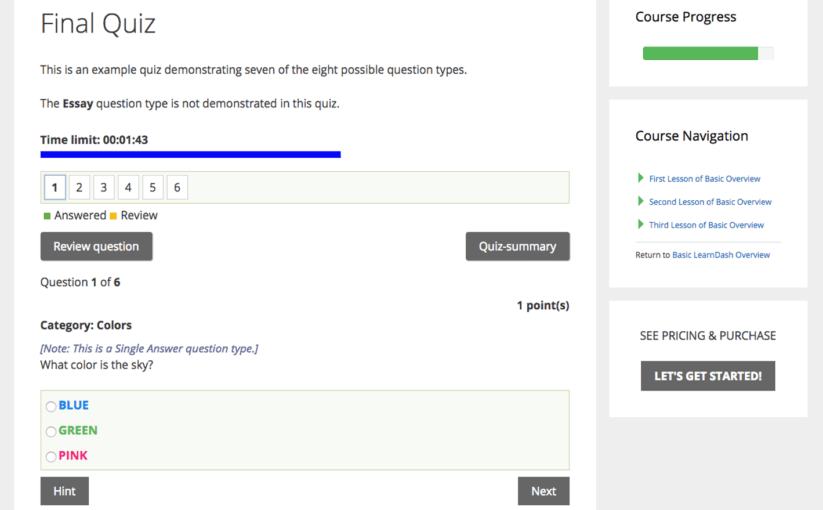
Developing a robust and user-friendly mobile app for Learndash requires careful consideration of several technical aspects. The app must seamlessly integrate with the existing Learndash platform, ensuring a smooth user experience across both online and mobile learning environments. A well-designed mobile app can significantly enhance accessibility and engagement for learners, driving participation and knowledge retention.
The technical foundation of the mobile app underpins its success. Careful selection of technologies, platforms, and security measures are critical for a positive learning experience. The mobile app’s architecture must be scalable and adaptable to accommodate future growth and evolving user needs.
Technical Requirements for Development
The development of a Learndash mobile app demands adherence to specific technical requirements. These requirements ensure the app’s functionality, compatibility, and security. The app needs to support a wide range of devices and operating systems while maintaining a consistent user experience. Thorough testing across various devices is essential to identify and resolve potential issues.
Mobile Platforms (iOS and Android)
Developing for both iOS and Android necessitates understanding the distinct characteristics of each platform. iOS apps are typically developed using Swift or Objective-C, while Android apps are often built with Java or Kotlin. The choice of language and development tools significantly impacts the app’s performance and user experience. Cross-platform frameworks can reduce development time and effort.
Programming Languages and Frameworks
Various programming languages and frameworks are employed in mobile app development. Swift and Objective-C are commonly used for iOS development, while Java and Kotlin are popular choices for Android. Cross-platform frameworks like React Native, Flutter, and Xamarin offer the ability to build apps for multiple platforms using a single codebase. Choosing the appropriate framework depends on project requirements and team expertise.
Security Considerations
Ensuring the security of user data and preventing unauthorized access is paramount in a mobile learning app. Robust authentication mechanisms, encryption of sensitive data, and regular security audits are essential. Data privacy policies should be clearly communicated to users, and compliance with relevant regulations, such as GDPR, is crucial. Security breaches can damage user trust and reputation.
Technical Specifications and Considerations
| Technical Specification | Considerations |
|---|---|
| Platform Compatibility | The app must be compatible with iOS and Android devices, supporting various versions and screen sizes. |
| Performance Optimization | The app should load quickly and run smoothly on diverse devices with varying processing capabilities. Efficient data handling is crucial. |
| Scalability | The app’s architecture should be designed to accommodate future growth in user base and content. |
| Security Measures | Robust authentication, encryption, and regular security audits are necessary to protect user data and prevent unauthorized access. |
| User Interface (UI) Design | Intuitive and user-friendly UI design is essential for a positive learning experience. |
| Testing and Maintenance | Thorough testing across various devices and operating systems is critical to identify and resolve potential issues. Ongoing maintenance is required to address bugs and updates. |
Integration with Learndash Platform
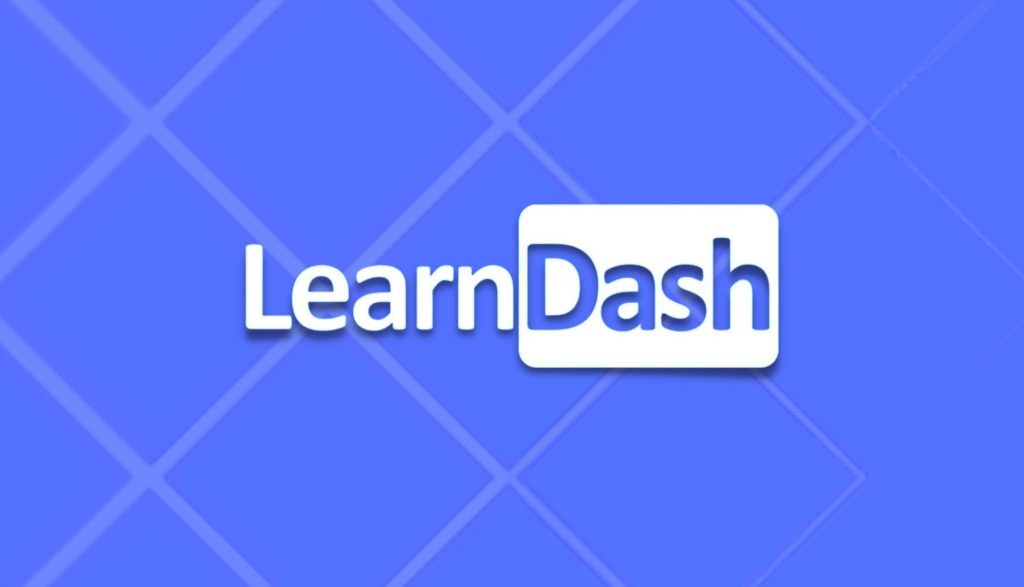
The mobile app’s seamless integration with the Learndash platform is crucial for a positive user experience. This integration ensures that learners have consistent access to their courses, assignments, and progress regardless of their location, whether they are using the app or the website. This connection fosters a unified learning environment, optimizing the learning journey.
Data Synchronization Mechanisms
The mobile app leverages a robust real-time data synchronization mechanism. This system ensures that changes made on the Learndash platform, such as new course updates, assignments, or grades, are immediately reflected within the mobile app. Conversely, actions taken within the app, such as completing quizzes or submitting assignments, are promptly synchronized with the Learndash platform. This two-way synchronization ensures data consistency and minimizes discrepancies.
Secure Data Transfer and Storage
Data security is paramount. The app employs industry-standard encryption protocols during data transfer between the mobile device and the Learndash server. This secure transmission protects sensitive information such as learner credentials and course materials. Data is stored on secure servers with robust access controls, preventing unauthorized access and ensuring data integrity. Moreover, regular security audits and vulnerability assessments are part of the development process.
Seamless User Experience
A seamless user experience is paramount when transitioning between the mobile app and the Learndash website. The app’s design and functionality mirror the website’s structure, ensuring a consistent user interface. Learners can easily switch between the app and website without experiencing any disruption to their workflow. Navigation and content accessibility are optimized for both platforms.
Data Flow and Integration Diagram
The diagram below illustrates the data flow and integration between the mobile app and the Learndash platform.
+-----------------+ +-----------------+
| Learndash Server |---->| Mobile App |
+-----------------+ +-----------------+
| Course Data | | User Actions |
| Assignments | | Quiz Completion |
| Grades | | Assignment Subm.|
| User Profiles | | Login/Logout |
+-----------------+ +-----------------+
| Encryption |
| |
| |
| V
+-----------------+ +-----------------+
| Database Server |---->| Database Server |
+-----------------+ +-----------------+
The diagram visually represents the bidirectional flow of data. Data from the Learndash server is transferred to the mobile app, and actions performed within the app are sent back to the server. The encryption layer protects data during transmission. The database server stores all data in a secure and centralized location.
Marketing and Promotion Strategies
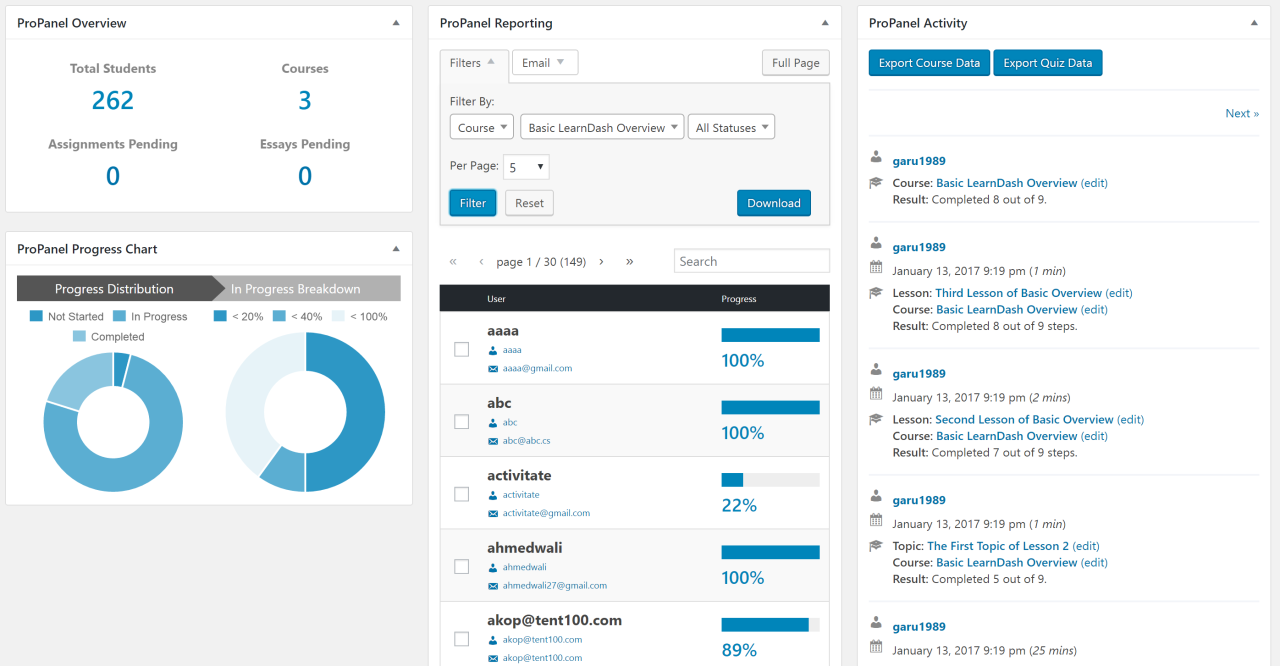
A successful mobile learning app requires a robust marketing strategy to attract and retain users. Effective promotion ensures the app reaches the target audience and establishes a positive user experience, ultimately driving engagement and adoption. This involves a multi-faceted approach that considers user acquisition, retention, and various promotional channels.
A well-defined marketing strategy, meticulously planned and executed, can significantly impact the app’s success. This involves understanding the target audience’s needs and preferences, tailoring messaging to resonate with them, and leveraging diverse promotional channels to reach the widest possible audience. The strategy should incorporate ongoing monitoring and adaptation based on user feedback and performance data.
User Acquisition Strategies
Attracting new users to the Learndash mobile app is crucial for its long-term growth. This requires targeted campaigns that highlight the app’s unique value proposition and key features, emphasizing how they solve specific learning needs. Utilizing relevant s and focusing on specific demographics will significantly improve discoverability.
User Retention Strategies
Maintaining existing users is just as important as acquiring new ones. Strategies for user retention focus on providing valuable content, personalized learning experiences, and ongoing support. A robust in-app messaging system, offering timely updates and reminders, will improve user engagement. Offering exclusive content and rewards for active participation are key to sustaining user interest.
Role of Social Media and Other Channels
Leveraging social media platforms and other channels is essential for reaching the intended audience. Social media campaigns should focus on engaging content, interactive elements, and targeted advertising to reach specific demographics. Collaborating with influencers and thought leaders in the education sector can further amplify the app’s reach. Paid advertising on relevant platforms can also be a valuable strategy for reaching a wider audience.
App Store Optimization (ASO)
Optimizing the app’s listing in app stores is vital for discoverability. Comprehensive research and strategic use of compelling descriptions, screenshots, and videos will significantly improve the app’s visibility. Positive user reviews and ratings contribute significantly to the app’s ranking.
Marketing Channels and Strategies
A comprehensive list of channels and strategies for promoting a mobile learning app includes:
- App Store Optimization (ASO): Thorough research, engaging descriptions, and high-quality screenshots are crucial for improving the app’s visibility in app stores.
- Social Media Marketing: Utilizing platforms like Instagram, Facebook, Twitter, and LinkedIn to engage with potential users, showcase the app’s features, and run targeted advertising campaigns.
- Content Marketing: Creating valuable educational content related to the subject matter and promoting it through social media and other channels to establish credibility and attract users.
- Influencer Marketing: Collaborating with educational influencers to promote the app to their followers and gain credibility.
- Paid Advertising: Running targeted advertising campaigns on platforms like Google Ads and social media to reach specific demographics and interests.
- Email Marketing: Building an email list and sending targeted emails to potential and existing users about new features, updates, and promotions.
- Public Relations: Engaging with media outlets to generate positive press coverage and promote the app to a wider audience.
- Community Building: Creating online communities and forums to foster engagement among users and encourage peer learning.
- Partnerships: Collaborating with educational institutions, organizations, or businesses to promote the app to their networks.
Monetization Strategies for the Mobile App
A Learndash mobile app, while offering a valuable learning experience, requires a robust monetization strategy to ensure its sustainability and continued development. This strategy should consider various models to maximize revenue and cater to different user segments, balancing accessibility with profitability. The success of the app hinges on the effectiveness of these monetization methods.
Different approaches to monetization cater to varying user needs and preferences, and a successful strategy will often blend several models. This section will explore a range of potential monetization methods, highlighting their strengths and weaknesses to inform the best choices for the Learndash mobile app.
Various Monetization Strategies
Various approaches to monetization cater to diverse user needs and preferences. A successful strategy often blends several models, balancing user accessibility with profitability.
- Freemium Model: This model offers a basic version of the app for free, with premium features locked behind a paywall. Users can access a limited set of courses or functionalities without cost. Premium features such as advanced video playback controls, offline course downloads, or access to premium courses are locked behind a paywall.
- Subscription Model: This approach offers recurring access to the app’s content and features. Different tiers can provide varying levels of access to courses, materials, and functionalities. This is a recurring revenue model, which can be very valuable to the platform.
- In-App Purchases: This strategy allows users to purchase additional content or features within the app. This can include individual courses, modules, or even premium content like expert-led webinars or personalized tutoring sessions.
- Advertising Model: This model utilizes display ads, video ads, or other ad formats within the app. This is often a viable option to provide free access to the app while maintaining the platform’s profitability.
Comparison of Subscription Models
Different subscription models offer varying levels of access and revenue potential. A careful consideration of the desired user experience and the app’s features is crucial when selecting a subscription model.
| Subscription Model | Description | Pros | Cons |
|---|---|---|---|
| Tiered Subscription | Offers different subscription levels with varying features and benefits. | Provides flexibility for users, allows for a diverse revenue stream, and can encourage higher spending. | Can be complex to manage and potentially confuse users, requires careful balancing of features and pricing. |
| One-Time Purchase | Users purchase access to all app features or a package of courses once. | Provides a clear, upfront cost for users, may encourage immediate purchase. | Less recurring revenue compared to subscriptions, requires a significant initial purchase. |
| Freemium Subscription | Offers a free tier with limited features and a paid tier with premium features. | Allows for wider user adoption, generates revenue from both free and paid users. | Requires a clear and compelling value proposition for the paid tier, can be challenging to balance the free and paid experiences. |
Potential Revenue Streams
The Learndash mobile app has diverse revenue streams, including:
- Subscription Fees: Recurring revenue from various subscription tiers.
- In-App Purchases: Revenue from individual course purchases or premium content.
- Advertising Revenue: Revenue from ads displayed within the app.
- Partnerships: Potential collaborations with relevant businesses or organizations for revenue sharing or cross-promotional opportunities.
Illustrative Examples of Mobile Learning Features
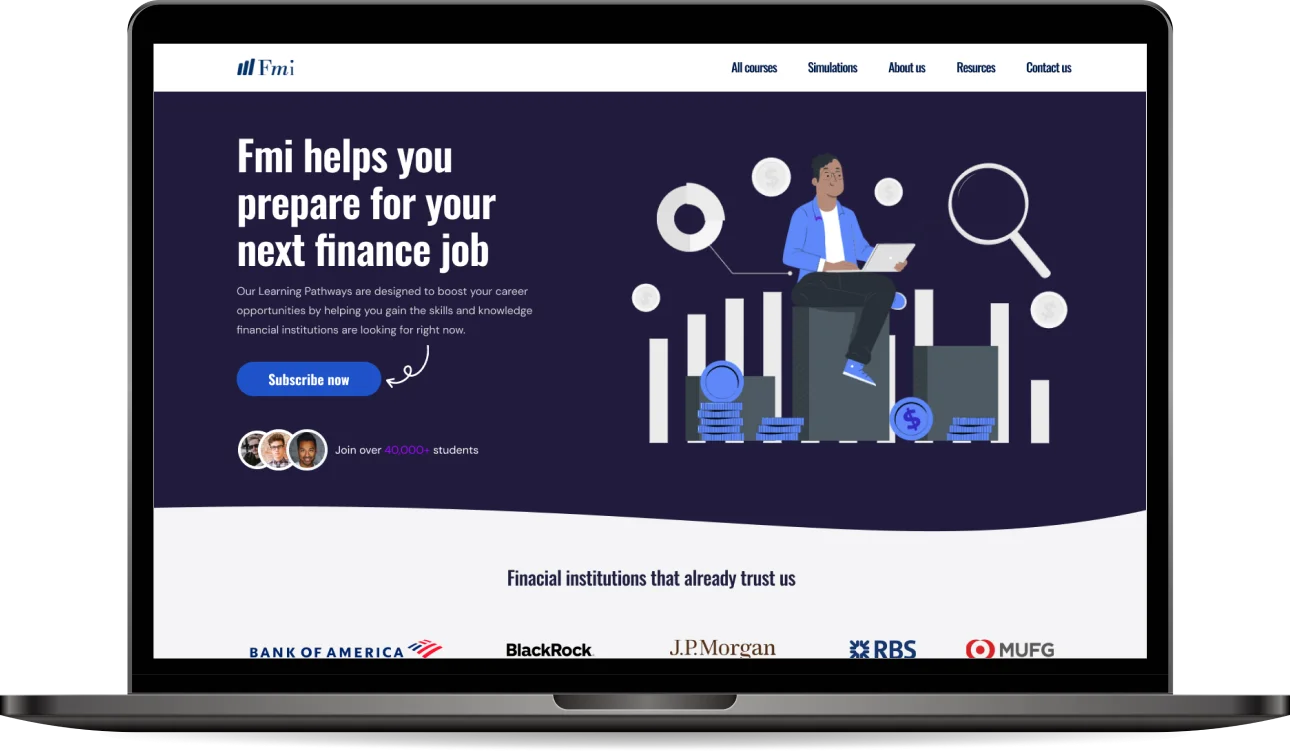
Mobile learning apps for Learndash offer a wealth of interactive features, dramatically enhancing the online learning experience. These features transcend passive consumption of content, empowering learners with engaging activities and personalized feedback. The mobile platform becomes a dynamic space for knowledge acquisition and skill development.
Learndash’s mobile app leverages interactive elements to foster active learning. By incorporating quizzes, tests, and multimedia resources, learners can actively engage with the material and gauge their comprehension in real-time. This proactive approach boosts knowledge retention and encourages a deeper understanding of the course content.
Interactive Learning Experiences
Learndash’s mobile app design prioritizes active learning, fostering a dynamic interaction with the material. Learners are no longer just passive recipients of information; they actively participate in the learning process. This active engagement, combined with personalized feedback, enhances understanding and retention.
“Interactive exercises, embedded quizzes, and gamified elements transform the learning experience from passive consumption to active participation.”
Quizzes, Tests, and Assessments
A robust assessment system within the mobile app is crucial for evaluating learning progress. Different quiz formats, including multiple-choice, true/false, and fill-in-the-blank questions, cater to various learning styles and content types. Adaptive assessments adjust the difficulty based on learner performance, providing tailored support and feedback.
- Multiple-choice quizzes: These are prevalent in various subjects and allow for quick assessments of fundamental knowledge. For instance, a biology quiz might ask learners to select the correct classification for a given organism.
- True/false questions: Ideal for checking comprehension of basic concepts, these questions are effective for evaluating understanding of simple facts and principles. In a history course, a true/false question might ask if a specific event occurred during a particular historical period.
- Fill-in-the-blank questions: These assessments encourage recall and application of knowledge. For example, a language learning app might use fill-in-the-blank exercises to reinforce vocabulary acquisition and sentence structure.
Learning Resources and Content Presentation
The app offers diverse learning resources to cater to varied learning styles. Visual aids like diagrams, charts, and images enhance comprehension, while audio recordings and videos provide context and explanations. Learners can access additional resources such as downloadable study guides, interactive simulations, and supplementary articles directly within the app.
- Interactive simulations: Simulations allow learners to experiment with real-world scenarios or scientific concepts, fostering deeper understanding and critical thinking skills. For instance, a physics app might provide a simulation of planetary motion.
- Infographics: Visual representations of complex data, infographics are effective tools for presenting information in an easily digestible format. An economics app might use infographics to illustrate economic trends.
- Videos: Videos provide visual and auditory learning opportunities. A programming course could use video tutorials to demonstrate coding techniques.
Interactive Elements and Engagement Tools
Interactive elements enhance user engagement and motivation. Features like progress tracking, leaderboards, and badges provide a sense of accomplishment and encourage continued learning. Notifications and reminders help maintain momentum and encourage consistent engagement. Social features, such as discussion forums or peer-to-peer learning activities, create a supportive community within the app.
“Gamification elements, such as points, badges, and leaderboards, are essential for motivating learners and enhancing engagement.”
Final Summary
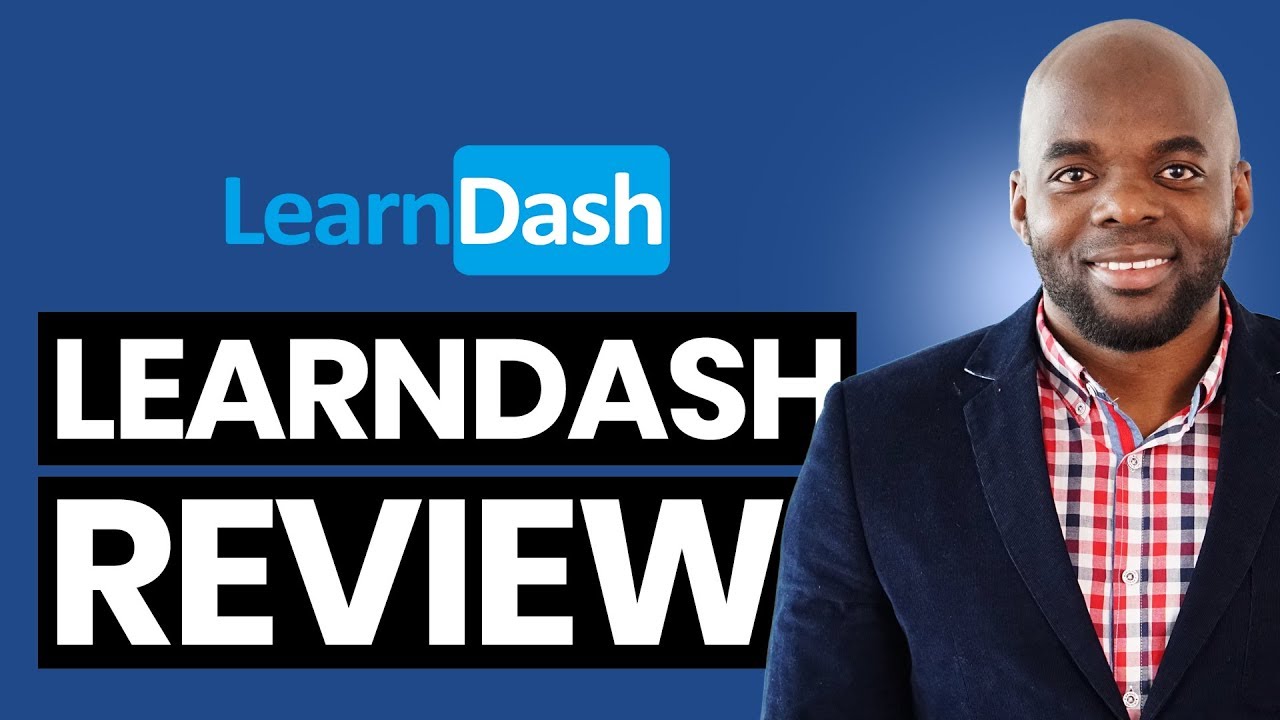
In conclusion, a mobile app for Learndash online learning isn’t just a trend; it’s a necessity. By empowering learners with anytime, anywhere access, we unlock a whole new dimension of learning potential. From the initial design to the final monetization strategies, this exploration underscores the profound impact a dedicated mobile platform can have on the future of online education. This isn’t just an app; it’s a portal to a world of knowledge, accessible at your fingertips.





